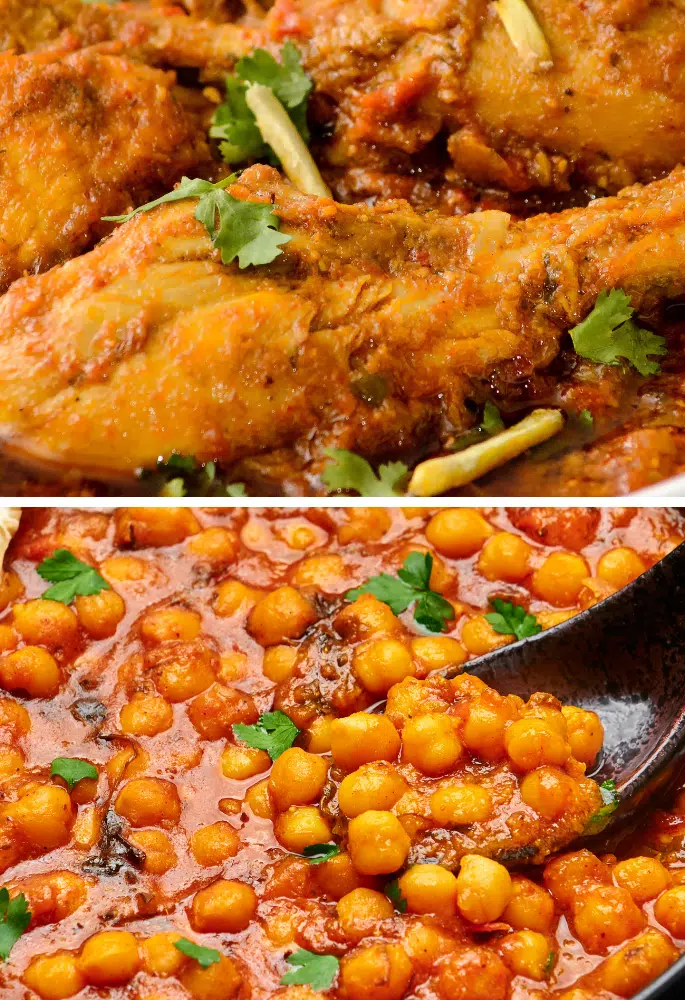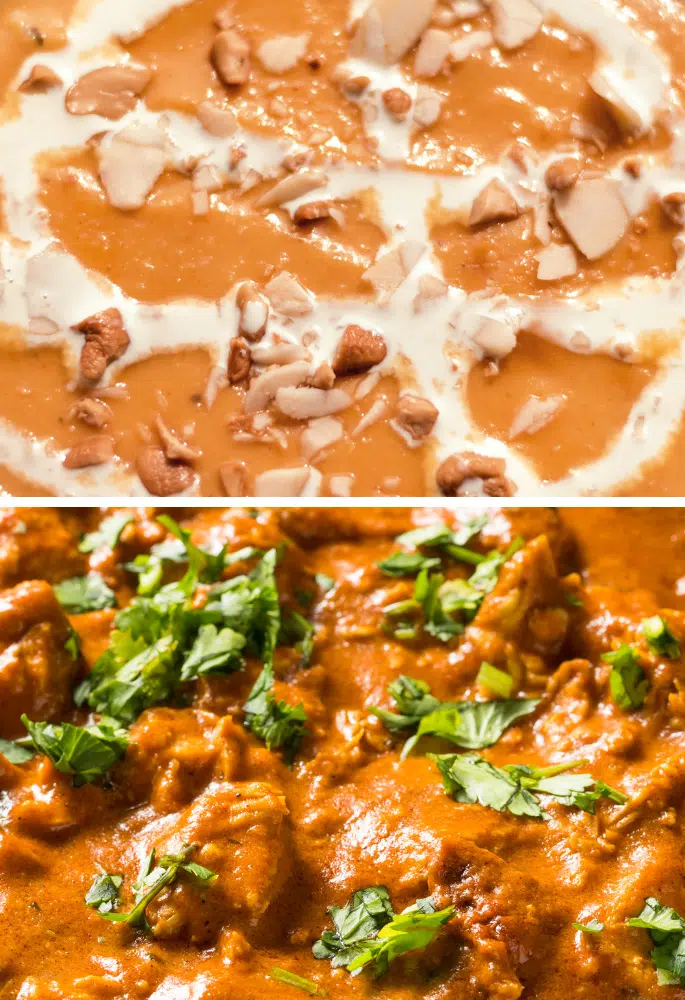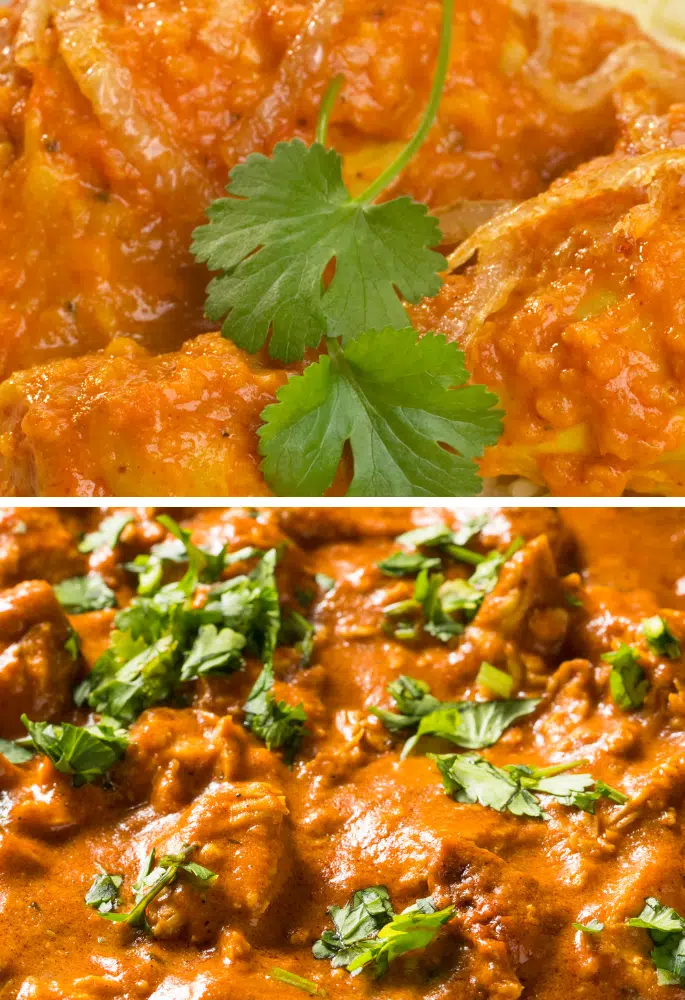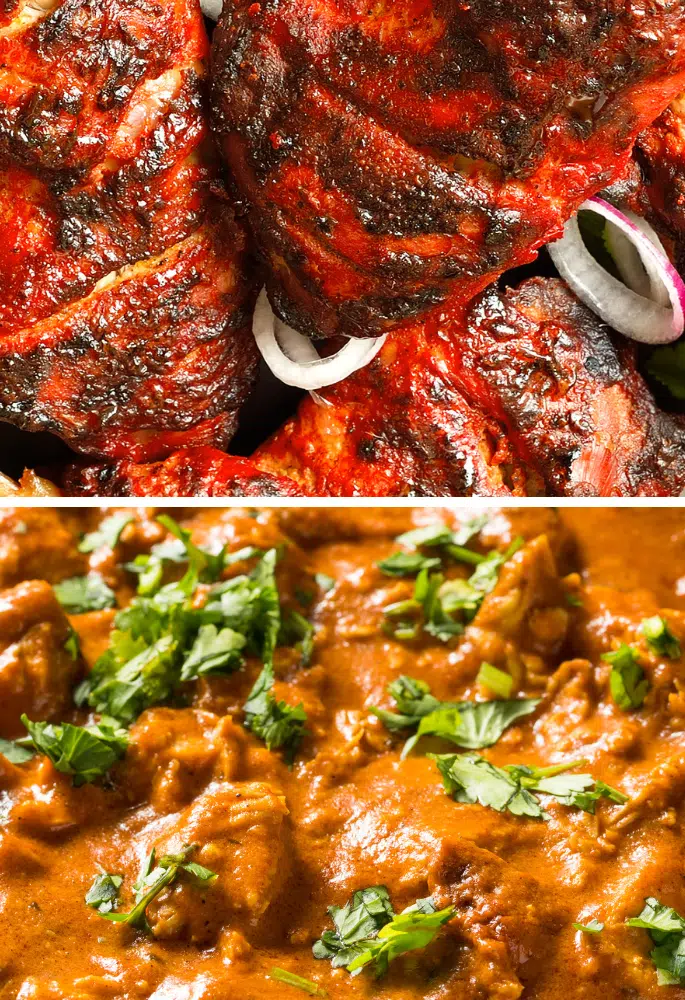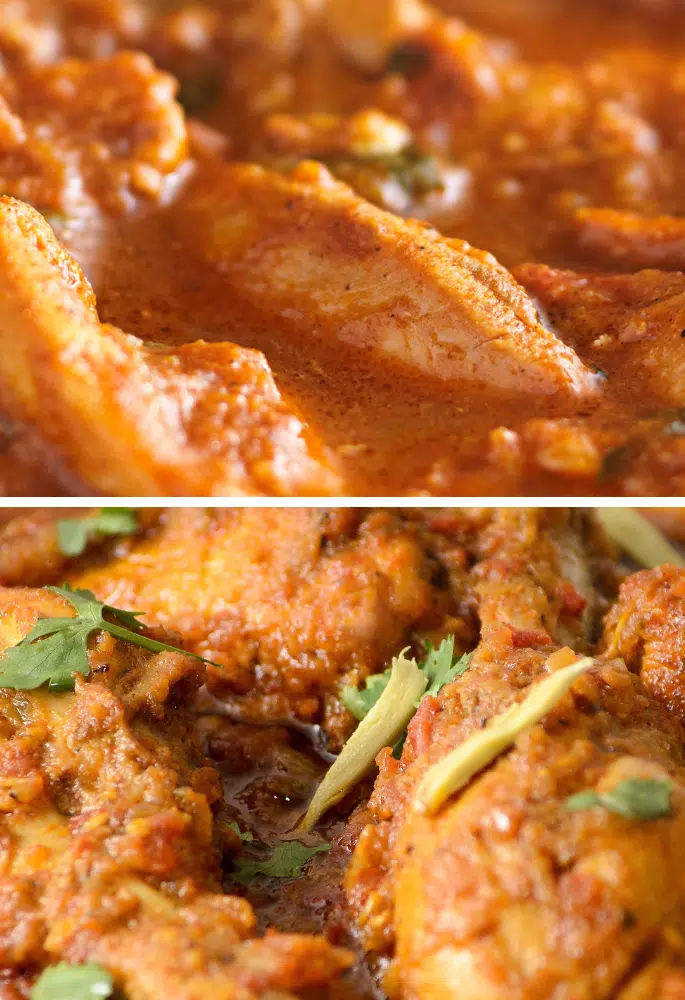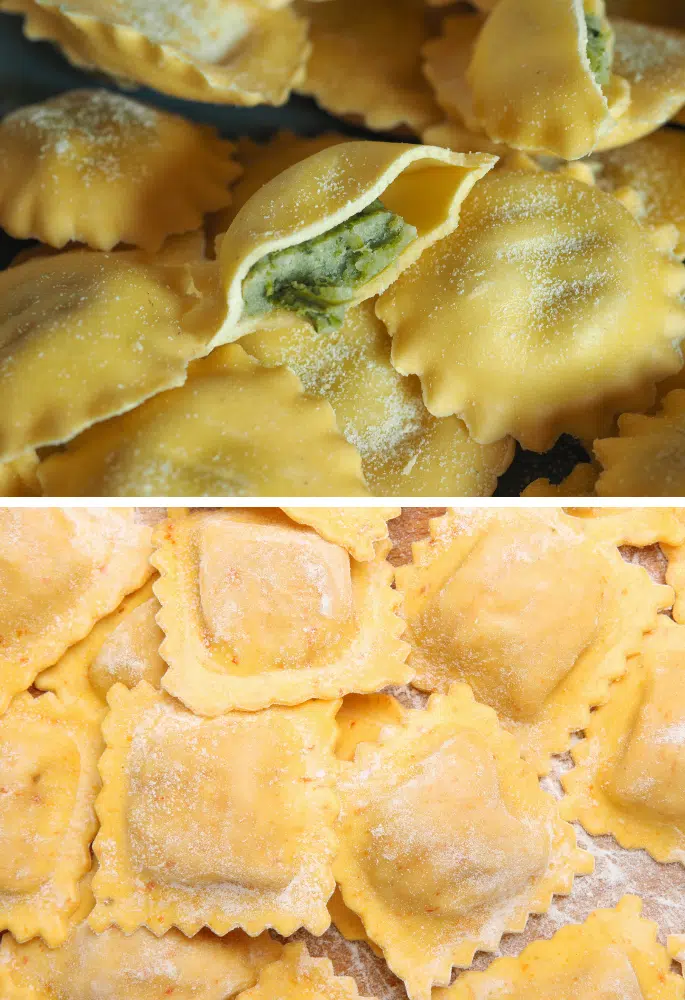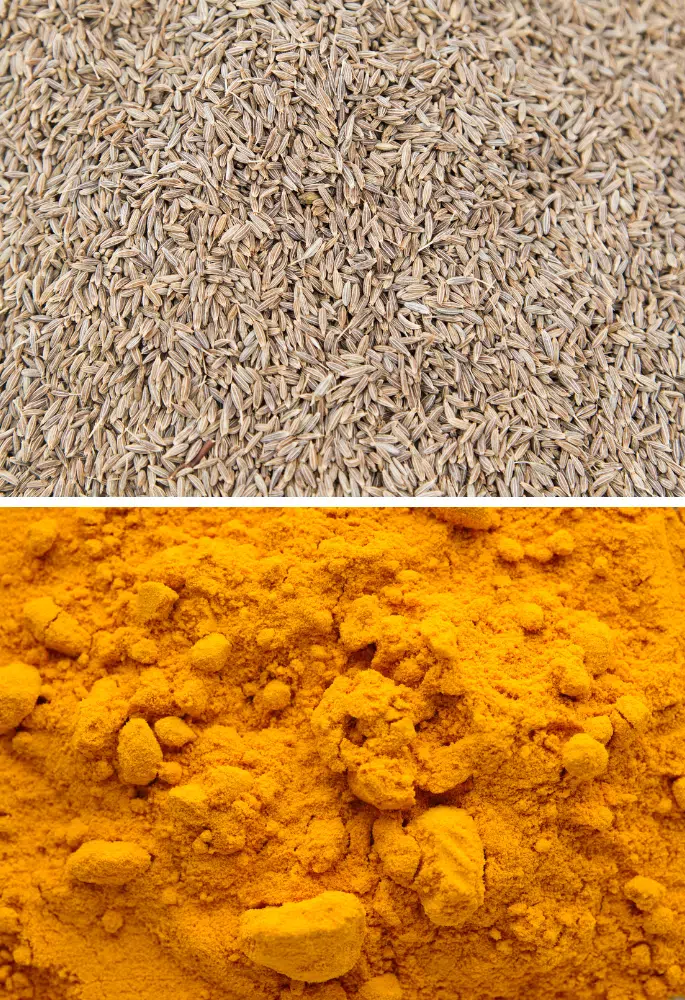Although there are only a few core ingredients in mac and cheese, one of the most important is milk. You could have a bland and flat dish if you choose the wrong type. So, what is the best milk for mac and cheese?
The best milk for mac and cheese is usually whole milk due to its high-fat content, which contributes to a rich and creamy sauce. If you’re looking for a lighter option, 2% milk can work well too, but avoid using skimmed milk.
Why Whole Milk is Best for Mac and Cheese
Whole milk is often preferred for mac and cheese due to its high-fat content, which directly contributes to a rich, creamy texture.
The fats in whole milk act as an emulsifier, helping to blend the cheese into a smooth sauce. This prevents the proteins in the cheese from clumping together, resulting in a creamier sauce rather than a stringy or grainy one.
Ultimately, you want mac and cheese with a silky smooth and buttery sauce.
Practically, whole milk also provides a more stable base for the cheese sauce. Milk fats help to prevent the sauce from breaking or curdling under heat, which can be an issue with lower-fat or non-dairy milk.
While other milk options or substitutes can be used based on dietary needs or preferences, whole milk is often considered the best choice for achieving creamy, flavourful mac and cheese.
The Ultimate Mac and Cheese Sauce
Melt 2 tbsp of butter in a saucepan over medium heat, add 2 tbsp of flour to create a roux, cooking for about 2 minutes. Gradually whisk in 2 cups of whole milk until smooth, then simmer until thickened. Remove from heat and stir in 2 cups of grated cheddar cheese until smooth and creamy.
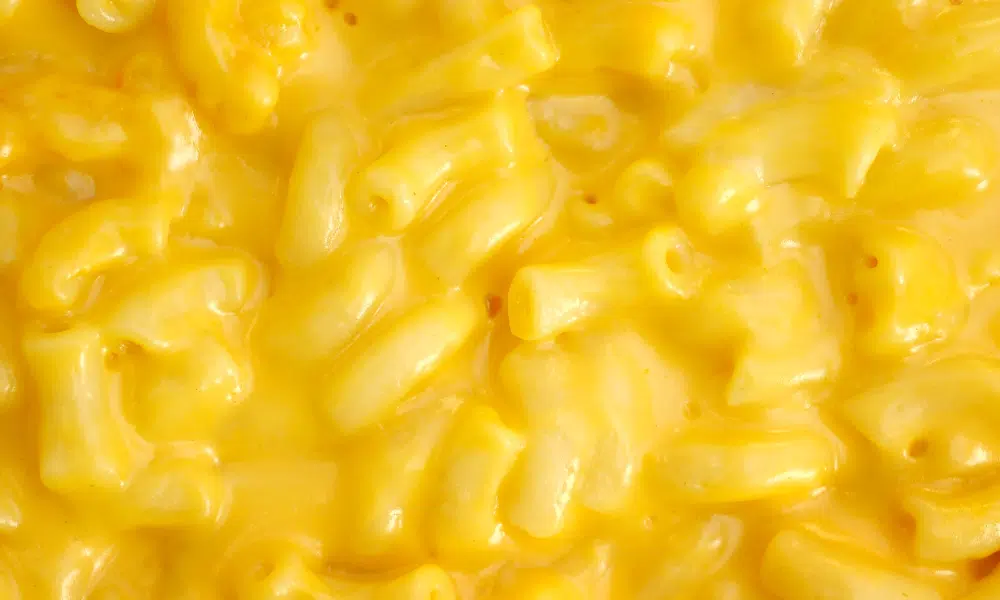
What Other Milk Works for Mac and Cheese?
If you would rather steer clear of the full-fat version then what other milk types can you use?
- Semi-Skimmed Milk
This milk has a moderate fat content (around 1.7% in the UK). It can work well in mac and cheese, but the sauce might not be as rich and creamy as when using whole milk. - Skimmed Milk
This is essentially fat-free milk. While it can be used in mac and cheese, the resulting dish may lack the full, rich taste and creaminess of milk fats. It might also result in a thinner sauce. - 1% Fat Milk
This has a lower fat content than semi-skimmed milk but more than skimmed milk. It’s a balance between the two, but the sauce might not be as creamy as with skimmed milk.
Graininess can occur if the cheese is overheated, causing the proteins to clump together. To prevent this, remove your sauce from the heat before adding the cheese, and let it melt slowly.
To boost the flavour of your mac and cheese, add more salt, use sharper cheeses, add spices like mustard or paprika, or even a dash of hot sauce for heat.
What Dairy-Free Milk is Best for Mac and Cheese?
Of course, more and more people choose to consume a plant-based diet. But, is it possible to get a creamy, unctuous mac and cheese without dairy milk?
Here are several dairy-free milk alternatives you can use for mac and cheese:
- Almond Milk
This is a popular dairy-free choice. Its mild, nutty flavour works well in mac and cheese, but choose the unsweetened variety to avoid adding unwanted sweetness. - Soy Milk
Soy milk has a creamy consistency similar to cow’s milk, making it a good choice for mac and cheese. It has a stronger flavour than other milk alternatives but is still relatively neutral. - Oat Milk
This milk alternative is known for its creamy texture and mild flavour, making it a suitable option for mac and cheese. Like with almond milk, go for the unsweetened version. - Cashew Milk
It has a rich and creamy consistency, ideal for mac and cheese. Its mild, sweet flavour pairs well with the cheese. - Rice Milk
It’s thinner and sweeter than most dairy-free milk, so while it can be used in mac and cheese, it might not yield a creamy sauce. - Coconut Milk
It’s rich and creamy but has a distinct coconut flavour that could influence the dish’s taste, so use it if you don’t mind a hint of coconut in your mac and cheese.
Remember, each of these alternatives has its own unique flavour profile, so the final taste of your mac and cheese will vary depending on which one you choose.
Also, non-dairy milk doesn’t always behave the same way under heat as regular milk, and some may curdle, so add them last and heat gently.
The Ultimate VEGAN Mac and Cheese Sauce
In a blender, combine 1 cup of soaked cashews, 1 cup of dairy-free milk (such as almond or oat), 3 tbsp of nutritional yeast, 1 tsp each of turmeric, garlic powder, and onion powder, and salt to taste. Blend until smooth and creamy. Heat the sauce until warm and slightly thickened, ready to mix with your cooked pasta.
Sources
We have verified the information on this page using the following resources:
Hailing from Liverpool, Oliver is an adventurous chef with a penchant for exploring diverse cuisines and novel ingredients. Ollie, combining his love for local British flavours with global influences, brings innovation and charm to home cooking.


